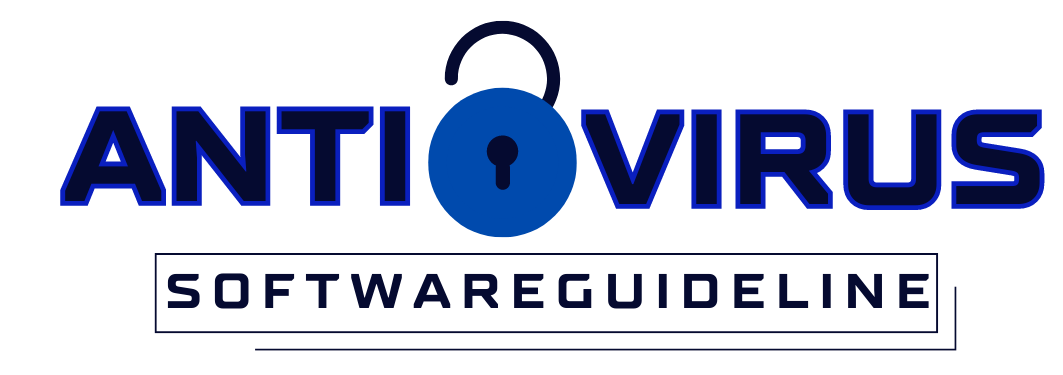
When it comes to software development, Agile and DevOps are buzzwords that are often used interchangeably. These methodologies have transformed the way teams approach software development and delivery. However, there is a common misconception that Agile and DevOps are the same thing. In reality, while there is certainly some overlap between these practices, they are not interchangeable terms.
One of the most significant differences between Agile and DevOps is their focus. Agile development is a methodology that emphasizes flexibility, customer collaboration, and rapid iteration. On the other hand, DevOps is focused on collaboration between development and operations teams, streamlining the delivery process, and improving the quality of software releases. This difference in focus has led some people to assume that Agile and DevOps are one and the same or that they achieve the same goals.
Another misconception is that implementing Agile or DevOps practices will automatically make a team more efficient. While these methodologies can certainly improve the speed and quality of software development, successful implementation requires a significant cultural shift within an organization. Agile and DevOps require a high degree of collaboration, communication, and transparency. Without a commitment to these values from both technical and non-technical teams, implementation is unlikely to be successful.
Agile and DevOps Are The Same Thing
One of the most common misconceptions about Agile and DevOps is that they are the same thing. However, this couldn’t be further from the truth. While both methodologies share some similarities and aim to improve software delivery, they approach the process in very different ways.
Agile is a methodology that emphasizes flexibility, collaboration, and customer satisfaction. It focuses on iterative development, continuous delivery, and responding to change quickly. DevOps, on the other hand, is a culture that emphasizes collaboration, automation, and continuous improvement between developers and operations teams. It aims to remove barriers between these two departments and streamline the delivery process.
Here are some of the key differences between Agile and DevOps:
– Agile focuses on the software development process, while DevOps focuses on the software delivery process.
– Agile aims to improve customer satisfaction and deliver working software quickly, while DevOps aims to improve the overall software delivery process and remove barriers between teams.
– Agile emphasizes flexibility and responding to change quickly, while DevOps emphasizes collaboration, automation, and continuous improvement.
– Agile is mostly concerned with the development team, while DevOps involves both development and operations teams.
It’s important to note that Agile and DevOps are not mutually exclusive, and many organizations use both methodologies together to achieve their goals. However, it’s essential to understand their differences to use them effectively.
In summary, Agile and DevOps are not the same thing. Agile is a methodology that focuses on iterative development and delivering working software quickly, while DevOps is a culture that aims to improve the overall delivery process and remove barriers between teams. Understanding the differences between these two methodologies is crucial to use them effectively and achieve the desired outcomes.

Agile and DevOps Don’t Work Well Together
One commonly held misconception about Agile and DevOps is that they don’t work well together. This myth may stem from the fact that Agile focuses on smaller, iterative releases, while DevOps emphasizes continuous integration and delivery.
However, the reality is that Agile and DevOps are highly complementary methodologies that can work seamlessly together to drive innovation and value for organizations. In fact, Agile and DevOps share several common principles and practices, such as automating testing and deployment, prioritizing customer feedback, and promoting collaboration between teams.
Another reason this misconception persists is that organizations may struggle to implement both methodologies effectively, often due to cultural or structural barriers. For example, Agile teams may not have the necessary infrastructure or tools to support continuous integration and delivery, while DevOps teams may struggle to incorporate customer feedback or adapt to changing requirements.
To overcome these challenges and ensure that Agile and DevOps work well together, organizations need to establish a strong culture of communication, collaboration, and continuous improvement. This may involve breaking down silos between teams, investing in the right tools and technologies, and adopting agile practices such as scrum or kanban.
Ultimately, the key to success with Agile and DevOps is to recognize that they are not mutually exclusive, but rather two pieces of a larger puzzle. By leveraging the strengths of both methodologies, organizations can accelerate delivery, enhance quality, and drive innovation in a rapidly evolving digital landscape.
what is a common misconception about agile and devops?
Agile focuses on smaller, iterative releases while DevOps emphasizes continuous integration and delivery | Agile and DevOps share common principles and practices and can work seamlessly together to drive innovation and value for organizations.
Organizations may struggle to implement both methodologies effectively | Establishing a strong culture of communication, collaboration, and continuous improvement can help overcome barriers and ensure that Agile and DevOps work well together .
Agile and DevOps are not mutually exclusiv .By leveraging the strengths of both methodologies, organizations can accelerate delivery, enhance quality, and drive innovation.

Agile and DevOps Are Only For Software Development
One of the common misconceptions about agile and DevOps is that they are strictly for software development. However, this is simply not true. In fact, agile and DevOps methodologies have been successfully applied in various industries and business functions, including marketing, finance, human resources, and even healthcare.
One of the main reasons why agile and DevOps are not exclusive to software development is because they are, at their core, about collaboration, efficiency, and continuous improvement. These principles can be applied to any process or workflow, regardless of the industry or function.
For instance, marketing teams can use agile methodology to quickly adapt to changing market trends, optimize their content strategies, and improve customer engagement. HR departments can use DevOps practices to streamline their recruitment processes, reduce hiring times, and increase employee retention rates.
Agile and DevOps can even benefit healthcare providers by enabling them to deliver faster and more effective patient care. By adopting an agile approach, healthcare teams can collaborate more closely, identify and address patient needs more efficiently, and continuously improve their treatment plans.
Therefore, it is important to understand that agile and DevOps are not limited to software development. These methodologies can be applied to any process or workflow that requires collaboration, efficiency, and continuous improvement. By embracing agile and DevOps, businesses and organizations across all industries and functions can unlock new levels of productivity, innovation, and success.
After looking into the common misconceptions about Agile and DevOps, it’s clear that many people struggle to understand the true nature of these software development approaches. While it’s true that many organizations have successfully implemented Agile and DevOps methodologies, there are still a number of myths and misconceptions that frequently come up (for example, the belief that Agile is only suitable for small, nimble teams and that DevOps is just another term for IT operations).
However, the truth is that both Agile and DevOps are highly flexible and adaptive, and can be successfully applied to organizations of all sizes and industries. The key is to understand their underlying principles and to tailor them to the specific needs and goals of each organization.
Another common misconception is that Agile and DevOps are at odds with each other. While it’s true that they have different origins and focuses, they are increasingly seen as complementary approaches that can help organizations achieve their goals faster and more effectively. By embracing both Agile and DevOps, organizations can benefit from the best of both worlds: Agile’s focus on iterative delivery and customer feedback, and DevOps’ emphasis on collaboration and continuous integration and delivery.
In conclusion, the common misconceptions about Agile and DevOps are often based on incomplete or inaccurate information. By taking the time to understand their principles and how they can be effectively applied, organizations can reap the benefits of faster, more effective software development and delivery.


























